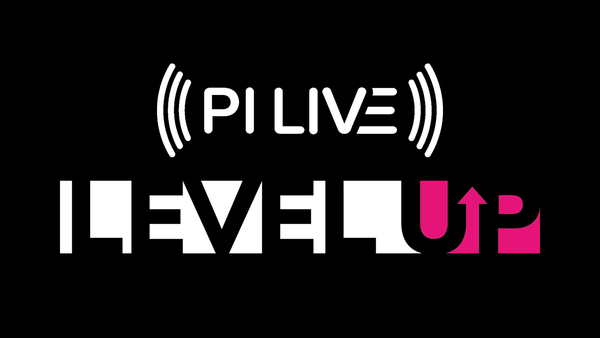As technology advances, so do marketing strategies. With the advent of Web 3 and digital wallets, it’s time for brands to consider how they can use upcoming technologies to their advantage.
In Web 3, users will hold most of the power. Decentralised networks make this possible: they allow communities to make decisions, control how their data is used, and shape functionality. For brands, this means plenty of opportunities to collaborate and co-create with customers and influencers. But this also presents some challenges. How will brands engage customers in Web 3? How will businesses convince consumers to share their digital data in the future? What kind of incentive mechanisms will work for Web 3 users?
Modern loyalty programmes are using flexible technology
Traditional, transaction-based rewards programmes are becoming irrelevant in a rapidly changing technological world. Today’s customers want to be rewarded for more than just transactional relationships.
At White Label Loyalty, we are seeing more brands creating loyalty programmes that go beyond transactions. In other words, they use technology that can reward any action. For example, a brand whose key objective is to increase engagement can reward customers for sharing their experiences on social media. Or, for a brand looking to increase footfall to a specific retail store, customers can be rewarded for entry into a geofence.
Incentivising customer behaviour in Web 3
In a decentralised platform, customers will have more choice than ever before – they will be free to choose whether or not to engage with brands. This means higher competition for consumer attention – pushing brands to get creative when it comes to connecting with customers.
A user-centric loyalty programme recognises the value of customers’ time and engagement. Customer loyalty is invaluable to brands and the ‘right behaviours’ should be rewarded. With flexible technology, brands can reward the specific activities they wish to see more of. This includes incentivising behaviours that are considered to be ‘brand valuable’.
In Web 3, a customer’s time, attention, and engagement will be highly valuable. Brands can recognise and reward these behaviours in meaningful ways with a Web 3-enabled loyalty programme.
By rewarding ‘brand valuable’ behaviours, companies will build stronger relationships with customers and create more engaging experiences – all while driving revenue and market share.
What kind of rewards should brands offer customers in Web 3?
Web 3-enabled technologies such as NFT tokens could replace traditional rewards. These ‘digital assets’ can be used to reward loyalty programme members and act as a ‘ticket’ that grants access to exclusive products or events. NFTs will be especially attractive to younger consumers, who are likely to make up most of the user base in Web 3.
When a customer gets an NFT, they become the only owner of it. This is because they are attached to the blockchain – providing a coded “stamp” that signals authenticity.
It’s this sense of exclusivity that makes NFTs so popular. Unique ownership of NFTs also provides a feeling of status. Their scarcity drives engagement in people who don’t want to miss out.
NFT rewards may also be considered more valuable than traditional loyalty points because they can turn customers into brand stakeholders. This would appeal to ‘superfans’ who are interested in owning a part of a company’s history. Rare NFTs, rewarded only to a brand’s most loyal customers, can also appreciate over time and create significantly more value than what most rewards programmes can offer today. In this way, NFT rewards could replace ‘platinum’ tiers in traditional loyalty programmes.
What should brands do today?
For now, businesses should focus on collecting data to understand their current customer base. Brands that have a deep understanding of their customers today will be best positioned to know how to engage audiences in Web 3.
Understanding customer preferences will also help determine what kind of rewards users will find most valuable. Many brands will be surprised to find out how many customers are interested in Web 3 technology rewards such as cryptocurrencies and NFTs. Businesses must be willing to flex their business models to make way for a new era of brand engagement…








